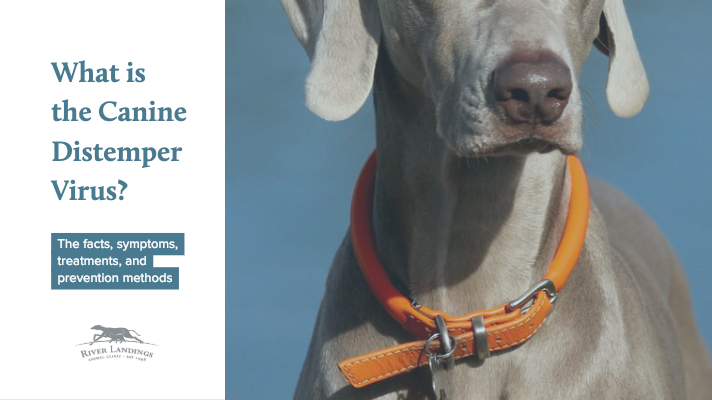Spring is a bustling time or veterinarians. In small animal medicine, kittens start arriving. Dogs, too, even though they don’t have a seasonal aspect to their reproductive cycles. Spring is a popular time for people to want to add a puppy to the family.
With the weather warming up, preventive medicine gets a boost in the spring, too. Pet owners begin thinking more about heartworms, fleas, ticks, and parasites— which, of course, are often year-round risks.
What is my veterinarian trying to assess during an appointment?
First things first of a wellness visit is a health evaluation. This typically includes a thorough history including your pet’s breed, age, lifestyle, behavior, and diet, then a comprehensive physical exam, including a measuring of thins such as weight, temperature, pulse, and respiration rates. All of the information gathered will be used to further assess whether your pet may be ill.
Assuming your pet receives a clean bill of health at their wellness exam, the appointment is focused more on preventive care: what can be done to prevent your pet from actually getting ill, divided into categories:
Diagnostics (Heartworm testing, FELV/FIV testing, fecal examinations, etc)
Parasite control (heartworms, external parasites, and intestinal parasites)
Vaccinations
Identification (microchipping, rabies tags)
Reproductive counseling (spay/neuter)
Dental Hygiene
A plan for a follow-up or next routine visit
Your veterinarian will determine the appropriate approach for your pet in each of these categories based on the information gathered in the initial wellness exam, and go over their recommendations with you. This is also a good time to bring up any questions or concerns you have.
How often should I take my pet to the vet?
Adult pets should see their veterinarian at least annually to go over preventive care needs. Puppies and kittens require more frequent visits, usually every few weeks until they are several months old. If your pet hasn’t seen their veterinarian in awhile, consider spring to be your launch into taking the step of scheduling an appointment with your veterinarian today.









